

#SymbioSky 1/5
He was supervised by Prof. Silke Sachse.
Congratulations!!!!

He was supervised by Prof. Silke Sachse.
Congratulations!!!!


A joined effort with Robin Buell’s lab with Josh Wood generating snRNA-seq, and my student Chloée Tymen performing the initial experiment.
#natprod
#PlantScience
@mpi-ce.bsky.social
www.nature.com/articles/s41...

A joined effort with Robin Buell’s lab with Josh Wood generating snRNA-seq, and my student Chloée Tymen performing the initial experiment.
#natprod
#PlantScience
@mpi-ce.bsky.social
www.nature.com/articles/s41...







nph.onlinelibrary.wiley.com/doi/10.1111/...
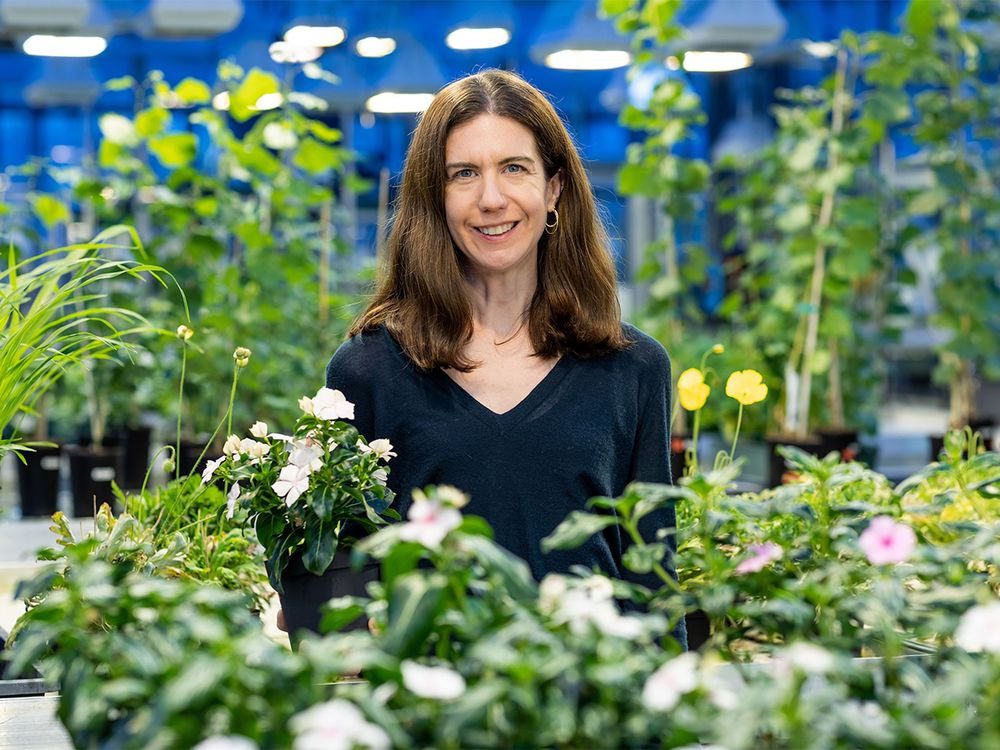
nph.onlinelibrary.wiley.com/doi/10.1111/...



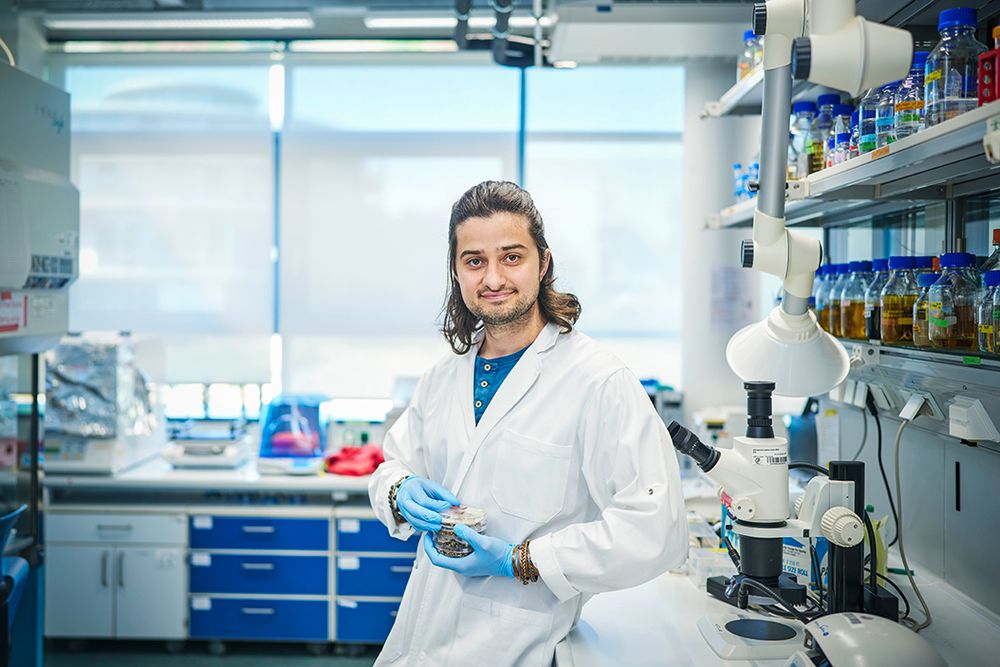
www.nature.com/articles/s41...

www.nature.com/articles/s41...
www.deutsche-botanische-gesellschaft.de/u/2025BestPa...
2/3
@drsativa.bsky.social ( @leibnizipk.bsky.social ), @frankelab.bsky.social ( @unihannover.bsky.social ), and @mpi-ce.bsky.social
3/3
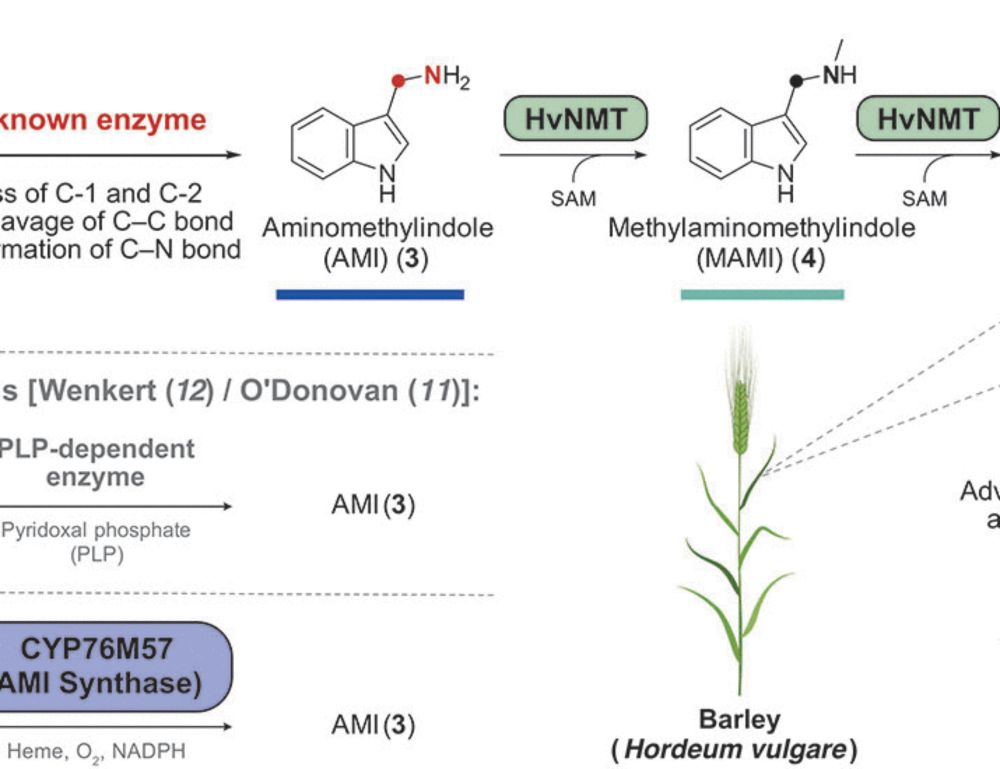
#biotech #research #ERC
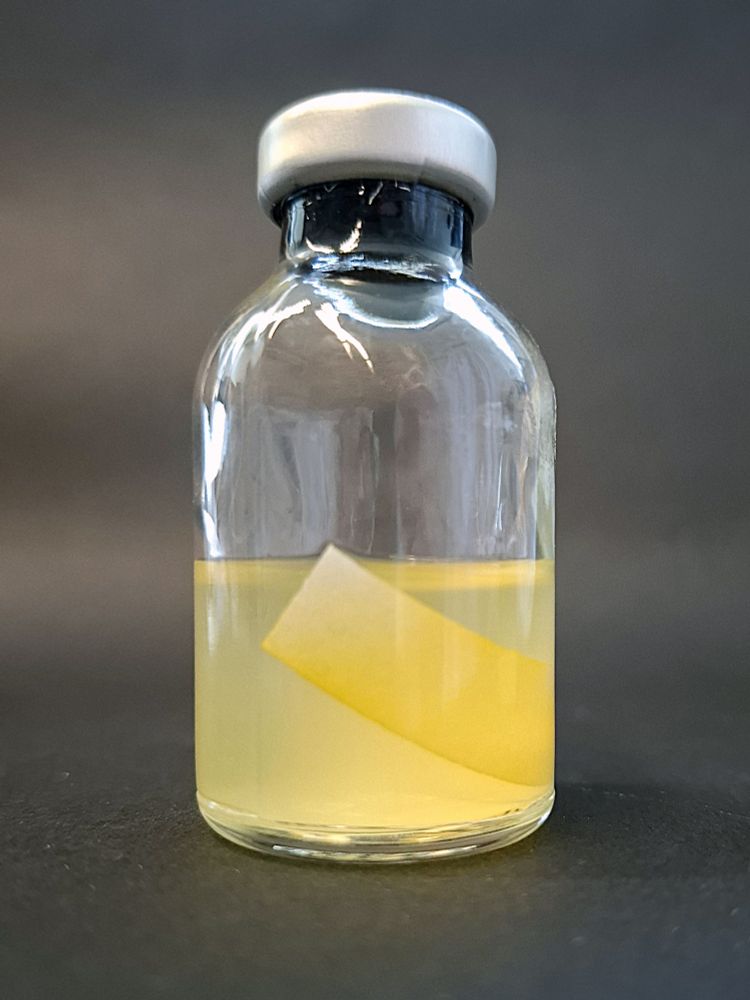
#biotech #research #ERC

www.ice.mpg.de/496511/PR_Fl...
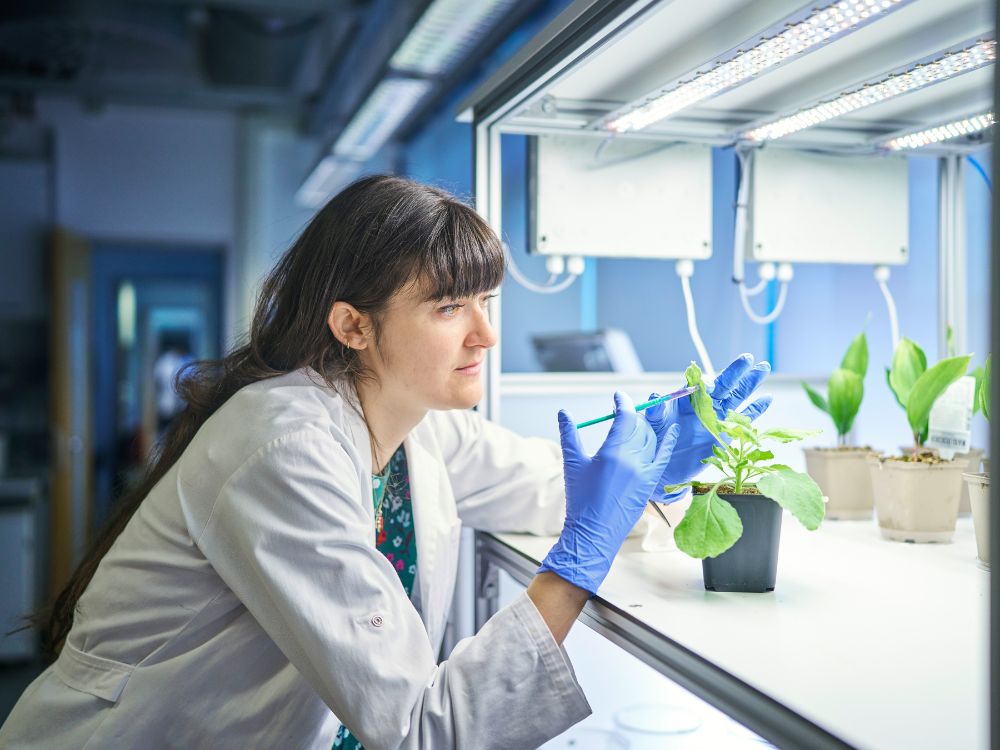
www.ice.mpg.de/496511/PR_Fl...
www.ice.mpg.de/496050/PR_Za...

www.ice.mpg.de/496050/PR_Za...

